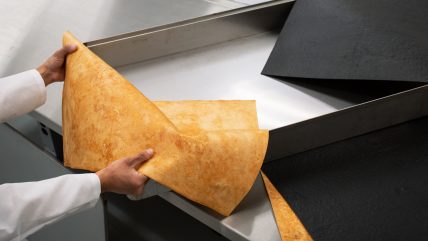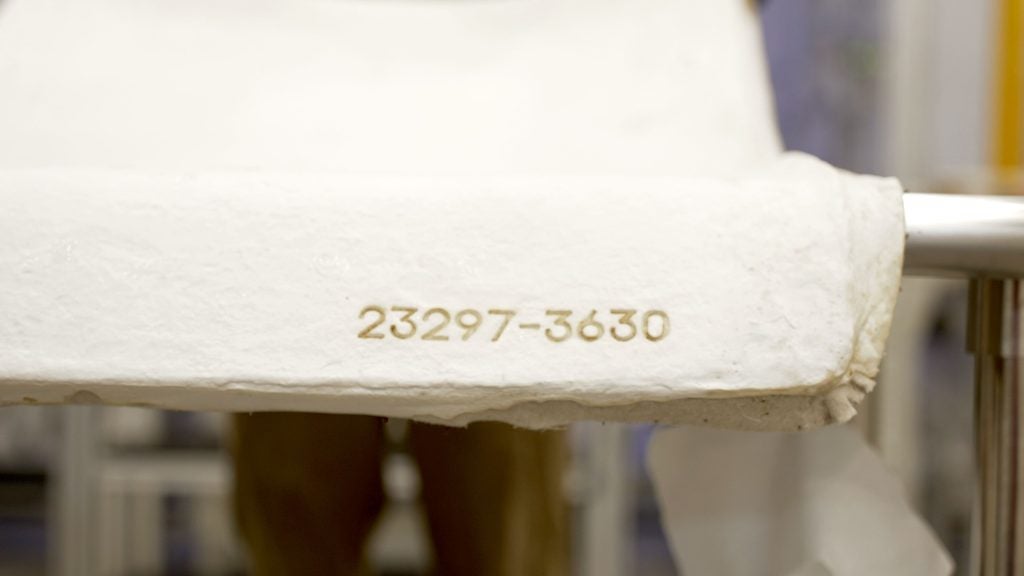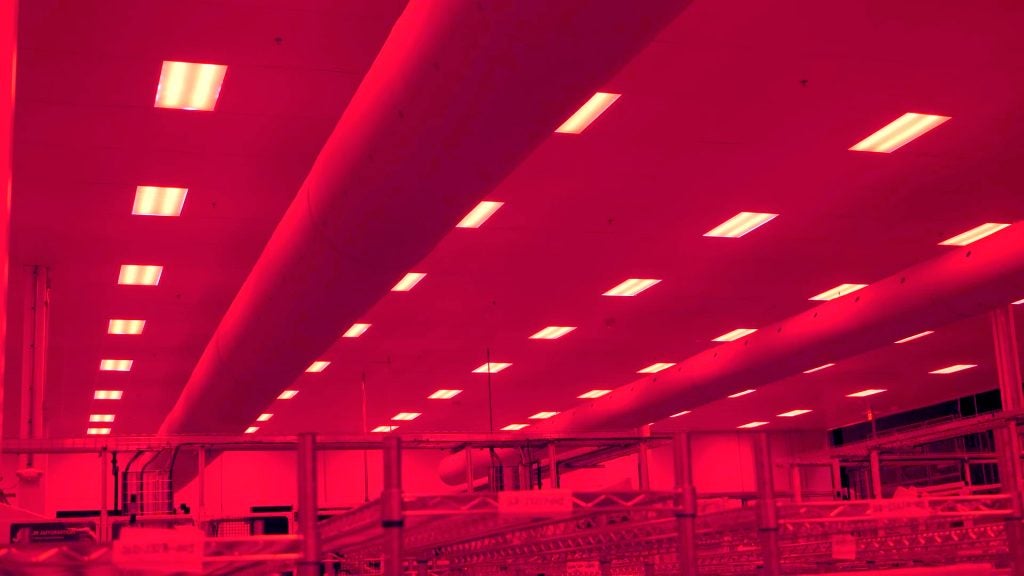
Having been in the market for a millennium, the leather industry is well established. The global leather market was estimated at $419.3bn in 2021 and is expected to reach $708.7bn by 2030, making it a major part of the fashion industry. However, increasing consumer pressure and a subsequent shift in purchasing habits has put the industry under pressure to reconsider the environmental cost of production, and the leather sector is no exception. Is mushroom leather the future?
The production of clothes is responsible for an estimated 10% of global carbon emissions, making it the third largest polluting industry globally after energy and agriculture, and consumers want to see change.
“Consumers’ growing concerns about the environmental impact of fashion is making it increasingly important for retailers and brands to invest in sustainability initiatives,” explains GlobalData analyst Pippa Stephens. “Many have started introducing collections made from more eco-friendly fabrics like recycled polyester, EcoVero or bamboo, helping to improve their consumer perceptions.”
In the leather industry, an eco-friendly plant-based alternative is emerging: mushroom leather. Already adopted by luxury fashion brands including Stella McCartney, Balenciaga and Hermès, mycelium leather is made from the root of mushrooms and treated to replicate the qualities of traditional leather. With further investment, the technology could design out waste and pollution at the earliest step of production.
Leather’s sustainability problem
According to the United Nations Industrial Development Organisation’s Leather Carbon Footprint Report, the overall production of cow skin leather releases approximately 110kg of CO2e per square metre, around 93kg of which is attributable to cattle farming.
However, as the majority of the cattle raised is for meat and dairy, the fashion industry’s problems with leather primarily lie outside the farm, in the tanning processes.

US Tariffs are shifting - will you react or anticipate?
Don’t let policy changes catch you off guard. Stay proactive with real-time data and expert analysis.
By GlobalDataNicola Mountain, senior lecturer and course leader in fashion and material technology and fashion management at Nottingham Trent University, explains: “Within the fashion industry, it is not the rearing of cattle that contributes to environmental issues, but the processes required to turn the hides into leather, that uses a lot of water and chemicals. This process, called tanning, traditionally used chromium to produce the desired characteristics of the leather, however, research has led to the development of chrome-free methods that do not contain the harmful heavy metals of chromium.
“Although chrome-free tanning, now readily available in the market, is claimed to have a reduced environmental impact, this is debatable, with recent independent studies concluding that both methods have an equal impact on the environment.”
This is because tannery effluent, unless properly managed, is high in pollutants. The wastewater causes eutrophication in water systems – the dense growth of plants and starving other life forms, which harms the health of the local environment.

A disrupted supply chain
Environmental problems aren’t the only sticking points for the leather industry. The pandemic saw the sector face significant supply chain disruption, with material shortages, and difficulties acquiring tanning dyes, salts and oils.
This was exacerbated by increasing demand for luxury goods, with 2022 generating positive growth for 95% of brands, even in the wake of supply chain complications.
However, the pressure to find sustainable solutions to the fashion industry’s problems could represent an opportunity.
A spokesperson for MycoWorks, a luxury mycelium leather company, explains: “Many industries see the groundswell of the consumer sustainability movement as an opportunity to reinvent their supply chains to accommodate both this demographic shift in values and address the shortages of high-quality animal hides resulting from declining beef and dairy consumption in the west.”
“Supply chains are already being rebuilt from scratch. Between demands for traceability and transparency, as well as long-standing issues that became obvious during the pandemic and explosive growth that has strained the supply of high-end animal hides, behind the scenes, the fashion industry is already well on its way to reinventing its supply chains. What has been missing is a lack of new materials that are both natural, high quality and highly scalable to meet the overwhelming demand for luxury goods.”
Is mushroom leather the solution?
With consumers pushing for sustainable options, there has been innovation in the alternative materials sector, as brands look to develop the “missing” materials that could meet the “overwhelming demand”.
MycoWorks is one of the companies looking to develop environmentally friendly solutions to leather’s emissions problems, with its patented mycelium-based technology (called Fine Mycelium) that produces Reishi, a luxury mushroom leather.
Explaining how the production process differs from that of traditional leather, MycoWorks’ spokesperson says: “Our flagship material Reishi has a very low carbon footprint of between 2.76-5 kg CO2. Fully grown through a passive process using no other inputs than our four ingredients, our process and raw materials are plastic-free.”
It is made by growing mycelium cells in a tray-based process.
The spokesperson adds: “Using four ingredients, our experts prepare our proprietary blend inoculated with MycoWorks’ exclusive strain of mycelium in trays. As it grows, a dense sheet forms on the surface and a textile can be optionally added to further enhance product performance.”

The process associated with the production of Reishi also represents a shift away from the heavy metals involved in traditional leather production.
“Innovations of the past fell short of being truly natural,” the spokesperson continues. “Cheap and abundant petrochemicals and synthetics have amounted to vast amounts of pollution and toxic chemicals, bad for both human health and the planet … We are in fact entering the Fourth Industrial Revolution, and teams of biologists, technology experts, material scientists and manufacturing leaders are working together with eager partners in the fashion industry to bring these cutting-edge and sustainable materials to market as new options.”
Using mycelium as a biomaterial is additionally useful in addressing supply chain challenges. The tray-based system allows for “scalable batch-processing”, reducing the risk of material shortages through predictable yields and maximised efficiency. By growing and processing Reishi at its own facilities and tanneries, MycoWorks has successfully streamlined production, safeguarding against market fluctuations.
“Our technology’s panel size and shape have been intentionally designed to facilitate efficient pattern cutting with minimal waste in fabrication,” explains the spokesperson. “Our biomaterials are grown under fully controlled and engineerable conditions, allowing for markedly higher material consistencies and the uniform rectangular sheets eliminate the need to dispose of material due to blemishes.”
The consumer response
Mountain is optimistic about the consumer response to mushroom leather moving forward. She notes that demand for vegan and biotechnological leathers is expected to grow by 37.4% in the next 10 years.
“There is a growing market for leather alternatives, seen at all levels of the market from premium to luxury brands, with footwear brands such as Dr Martens responding by incorporating ‘vegan leather’ and German sports brand Adidas due to launch a mushroom leather edition of its classic Stan Smith,” she says. “In luxury, Stella McCartney has led the way with the launch of Mycelium, a mushroom leather branded as ‘Mylo’, launching in her iconic Fraye bag – retailing at £1,995 ($2,520) and now into a new fashion collection.”
However, with 92 million tonnes of textiles ending up in landfills every year, there are significant concerns about greenwashing.
Warning of the broader risks in the fashion industry, Stephens says: “With these sustainable lines often only making up a small proportion of mainstream retailers’ overall propositions, it is often questionable as to how much impact it is actually having, with many players previously accused of greenwashing.
“Another way for retailers or brands to be more sustainable is for them to venture into resale or rental, with these two segments reducing the amount of new apparel being produced, and therefore reducing waste.”




